With the European Green Capital for 2026 being a title up for grabs, European municipalities are battling in a sustainable and friendly way to become the next green champion. While they're all unique, European cities share a lot of similarities and can borrow many of the measures to ensure the highest possible life quality for the citizens.
But how did Vilnius, the capital city of Lithuania, do it to such an extent as to become the European Green Capital for 2025? We talked to authorities at the Vilnius City Municipality to find out more about their success and perhaps how our Romania's own capital could reach this much-anticipated goal.
As it is the case for many of Eastern Europe's post-communist countries and cities, Vilnius' story starts with the last decade of the past century, after Lithuania broke free from its previously-imposed Soviet background. Being 45 years behind many of the Western European cities, as Municipality officials told us, there was a lot of catch-up to do and even some innovation to ensure that the city will remain relevant in the race to sustainable development.
But there's one advantage to being late to the party and that's the fact that you know what works best, but also what mistakes to avoid.
Energy efficiency is a key pillar to a green city
Clearly, there's been a need to modernize the most important parts of the city, first. Implementing solar power and renovating the heating infrastructure were among the priorities of the past and current administrations in Vilnius.
The latest effort in this regard was taken back in 2022, when the European Investment Bank (EIB) and AB Vilniaus Šilumos Tinklai (VŠT) signed a long-term credit agreement up to a total of 43 million euros to enable the modernization of the city's heating infrastructure. As one could imagine, making sure the population has proper heating, especially during the winter, is crucial for a city located close to the Baltic Sea.
"This lead not only to “catching up” but also to being more smart, modern, sustainable, and ambitious than many of the European cities. Understanding the global context of climate change it is also very clear that the city has to become climate neutral as soon as possible, reach independence energetically and apply adaptation measure to soften the consequences of changing climate", Vilnius authorities told Green Start-Up.

One of the many communist apartment buildings in Vilnius, located on Justiniškiᶙ Street 76, was modernized back in 2016 with the purpose to increase heating efficiency, ensure efficient housing and overall, a better lifestyle for the residents. More efficient elevators were also implemented to help lowering energy consumption. PVC windows, metal doors instead of wooden ones and ventilation and recovery systems are part of the systems that have been implemented at the building. Besides, the roof, walls and basement were also renovated to allow for the best possible efficiency.
Made in Vilnius suggests that the capital of Lithuania is moving fast when it comes to renovating apartment buildings, with 300-400 being improved every year. Improving the energy efficiency of these buildings also helps when it comes to reducing the need for heating, as this reduces the strain on the city's thermal network that was also improved dramatically.
At the other end of the spectrum, this is where Bucharest can improve a lot. Back in 2022, authorities in Bucharest reported that around 300 apartment buildings have been modernized, with Districts 2, 3 and 1 leading the pack. This is another issue for Romania's capital city, as all districts have different mayors, who don't prioritize the same things.
When it comes to the thermal distribution system, Bucharest is really lagging behind when compared to Vilnius. Having the second-longest network of pipelines in the world, after Moscow, Bucharest's 4.000 kilometers of heating system pipelines are in dire need of replacement since no serious work in this regard has been conducted over the past decades. Bucharest authorities being slow to make change as they are most of the time, evaluated that replacing the entire system might take 20 years, yes, two decades.
Green transport for the European Green Capital
Sustainable transport solutions are also an important aspect of every city that aims to reduce as much of its carbon footprint as possible. Vilnius also made investments in this regard, buying green and modern trolleybuses for its public transport system.
Being offered over 38 million euros in loans from the European Bank for Reconstruction and Development, the public transport operator in Vilnius decided last year to purchase 91 battery-electric trolleybuses that can be operated on overhead lines, but also on road segments where these aren't available. These modern trolleybuses can help the capital city avoid 2.240 tons of CO2 emissions per year from the transport sector.
Additionally, by 2026, Vilnius plans to get ahead of the game and use hydrogen-powered buses with electric powertrains, which can be even more versatile than battery-electric models, since refill times will be much shorter and the battery sustainability problem will disappear.
1.jpg)
If you're asking where the hydrogen might come from, well Lithuania plans to make its own supply.
In an effort to become energy independent, the country plans to produce enough green hydrogen to meet its own needs by 2050, as well as to export any surplus green energy. Lithuania could consume 24 terawatt-hours TWh of hydrogen and have an own installed electrolyzer capacity of 8.5 gigawatts GW.
"On the way we have been innovative, quick and flexible with our decisions which put us on the map of sustainable and green cities", we learned from Vilnius' authorities.
Bucharest has 130 hybrid and ordered 100 electric buses, some of which are already roaming the city's streets and the public transport sector in our capital city has been improved significantly over the past few years with more modern and sustainable models.
The municipality also ordered 100 new battery-powered trolleybuses which have a range of 20 kilometers and also run on overhead lines to replace old models who don't correspond anymore to a proper transport system.
Finally, 100 modern trams have been ordered by Bucharest authorities, many of which are already being used by hundreds of dwellers every day and they are appreciated for the comfort, space and number of seats they provide.
A variety of improvements bring overall harmony
A green European capital is not just about building efficiency or the transport system, but an ecosystem of sustainability-focused measures that contribute to the overall well-being of the population.
"In the last thirty years Vilnius has changed incomparably and there were more initiatives and great projects implemented in the city than we could put in the application for European Green Capital Award", officials from Lithuania's capital city stated.
They mention that "there is a great progress done to renew the heating infrastructure, wastewater treatment plants, as well to reduce GHG emissions form energy sector overall."
The city's been heavily invested in the biking infrastructure, adding over 100 kilometers of bike lanes to Vilnius' streets, as well as what they call a "Vilnius street standard" across the city, which prioritizes things like green spaces, pedestrians and bikers. By comparison, Bucharest only has around 32.5 kilometers of bike lanes that are often times used by four-wheeled motorized vehicles, as well.
Coming back to Vilnius, "more than half of the city’s territory is green spaces, city’s parks, unmowed meadows and forests rich in biodiversity, where outdoors education and active leisure is encouraged."
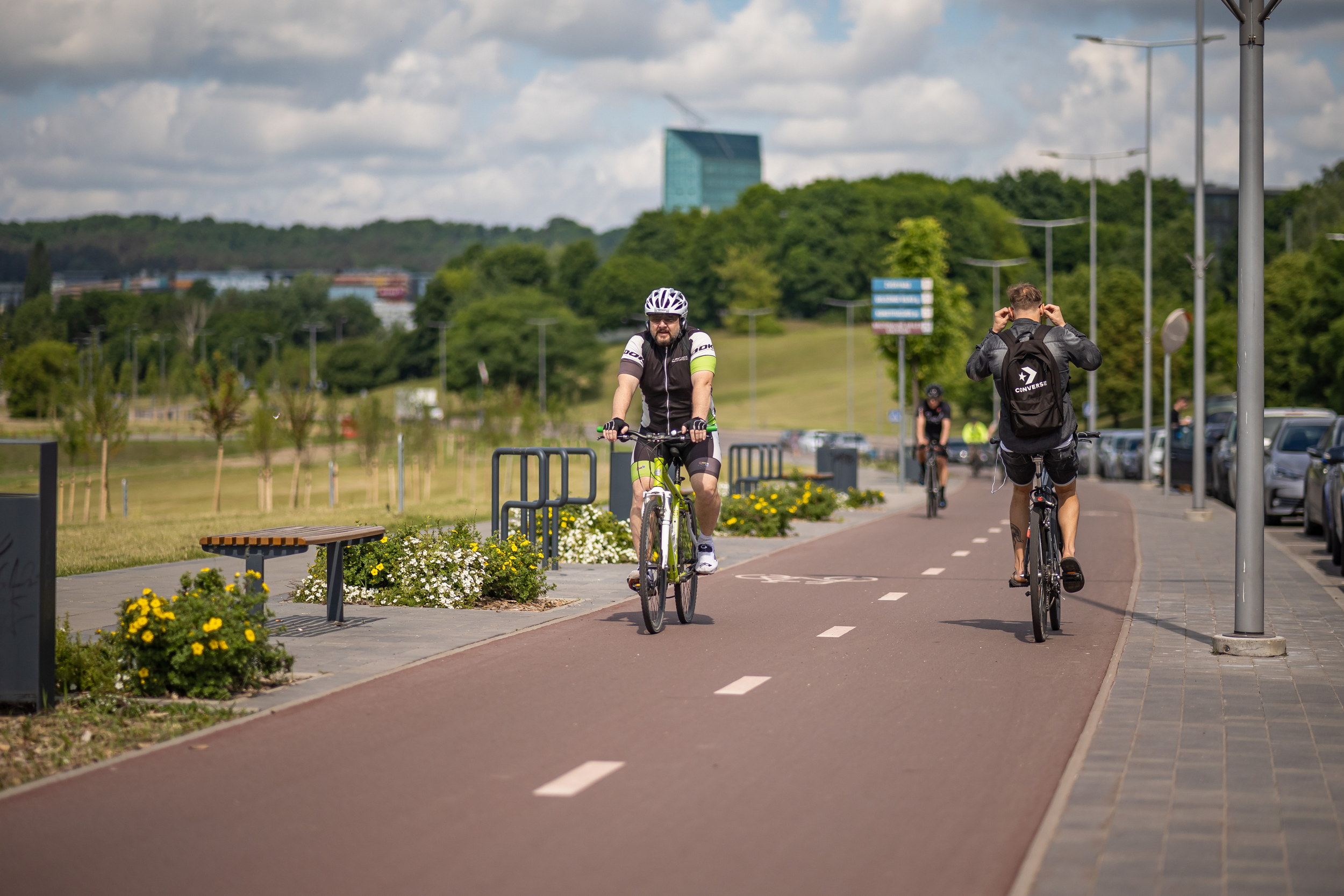
Vilnius has almost 125 square meters of green space per capita, one of the densest in Europe, whereas Bucharest sits at the very bottom of the charts and is not even close. Only shy over 7 square meters of green spaces for downtime is what city dwellers can expect.
Sustainability tips from Europe's best
What can the other Eastern European cities, such as Bucharest, do in order to become as sustainable as Vilnius and be on the same path to net-zero emissions? The authorities from Lithuania's capital city gave us some tips on how we could become the next contenders for the title of European Green Capital and they say that we should start with small steps.
"Most of the Eastern European cities are facing the same challenges as Vilnius – outdated infrastructure, brownfields, energy sector based on burning fossil fuels, streets that are designed primarily for cars, lack of greenery and many others", Vilnius officials told Green Start-Up.
Since each city is unique with regards to the geographical position, strengths and weaknesses, as well as culture, there's no one size fits all here, especially since we're talking about two municipalities that are thousands of kilometers apart.
And even within a city, Vilnius representatives believe it's up to each neighborhood to figure out the best solutions.
"This is one principle of Vilnius city planning – each neighborhood to its own, which means that individual designs should be applied when converting old outdated neighborhoods and that there should be all services available in spite of where you live", say experts in Vilnius.
The small steps we can take to become more eco-friendly and sustainable within our communities can lay in protecting and expanding our green spaces. Planting trees where possible, making streets pedestrian and bike-friendly are also good ways to make a city feel more alive and return it to the citizens. Giving up the personal car in favor of more sustainable alternatives, such as public transport and biking, can also benefit every city dweller from traffic-free streets and cleaner air quality.
Ultimately, "to sum up, Vilnius city’s vision focuses on three important aspects:
- High level of happiness – citizen’s wellbeing and feeling of happiness is at the top when evaluating the progress.
- Longer lifespan – shows not only state of health system and social services, but also indicates the environmental state of the city.
- Short commutes – all the services available close to home and infrastructure that is made for people, not just for cars.
Communication is key to help people embrace change
Making changes within a city is no easy task and perhaps just as difficult is communicating the change to the masses. That's one thing Vilnius authorities noticed during their sustainability journey and they shared the message with us, as well.
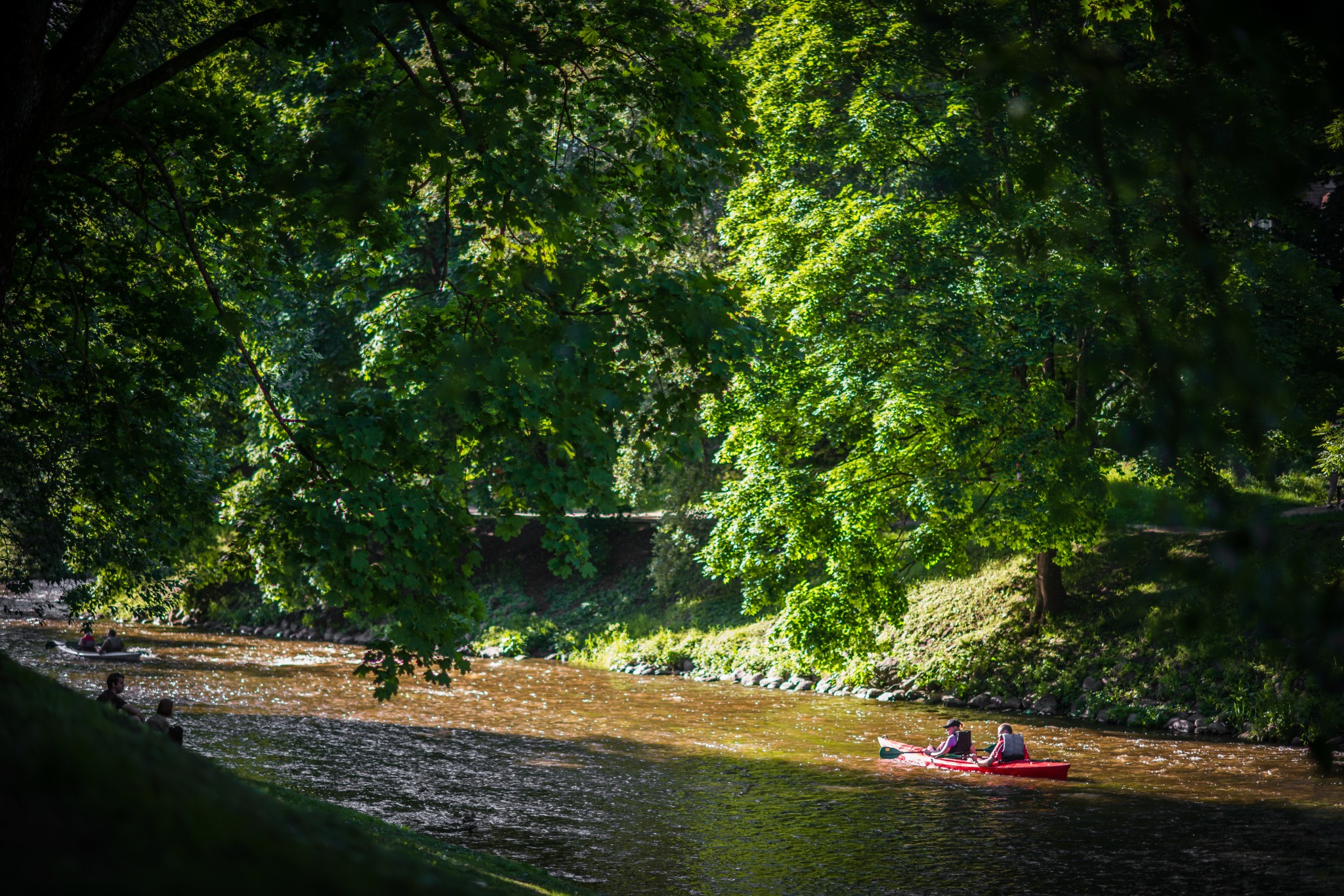
However, they also say that awareness is what makes people embrace change. They suggest that "only knowing harmful consequences e.g. pollution form traffic, and given a good alternative e.g. comfortable, clean, reliable public transport, people can start changing their habits and accepting changes."
One of the reasons behind Vilnius' success stories lays in the fact that citizens are involved directly into the city planning of future projects. Thus, people can choose what they might want to see more of, whether it's more green spaces or more parking spots and compromises can be better accepted by everyone when every voice is being heard.
"It’s also important to understand the city is the place where different needs meet (also, we’re not alone - all the cities have same discussions but on different level) therefore we do need to have really frank discussions and find what’s best for the city together with the citizens", officials at Vilnius City Administration shared with us.
Also, when it comes to a city qualifying as "green", there are many things that contribute to this title and not all are about green areas. Representatives of Lithuania's capital city told us that it's more about the overall ambition to become more sustainable, more energy efficient and to involve the citizens in the change.
As one final piece of advice for Bucharest on its journey to sustainability and self-sufficiency, Vilnius' Administration says that we should "not to be afraid to make bold moves toward sustainability, experiment and co-create with citizens."
Named European Green Capital for the year 2025, Vilnius now looks to press further on this title and aims to become a fully carbon neutral municipality by 2030, an amazing achievement for any Easter European city.
 Mihai - Cristian Ioniță
Mihai - Cristian Ioniță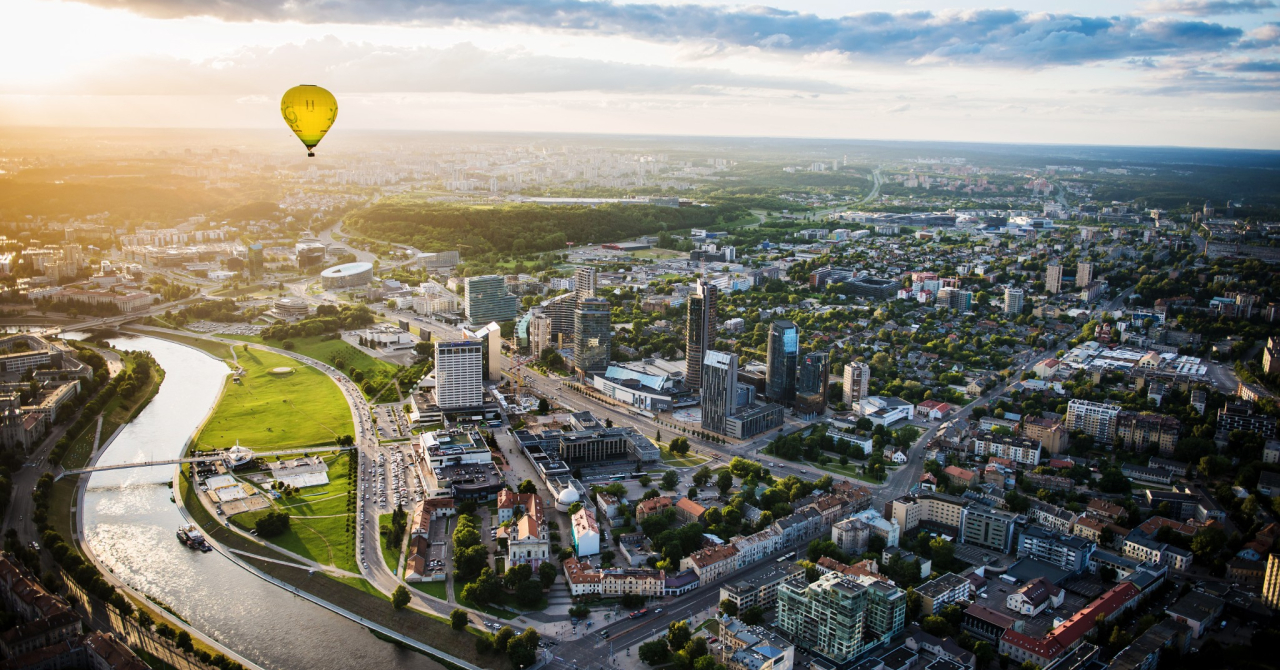



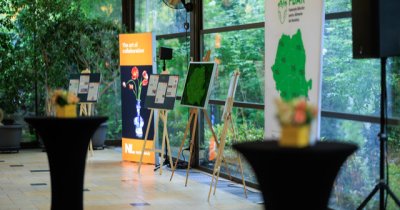

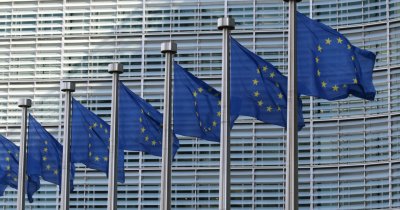






Any thoughts?